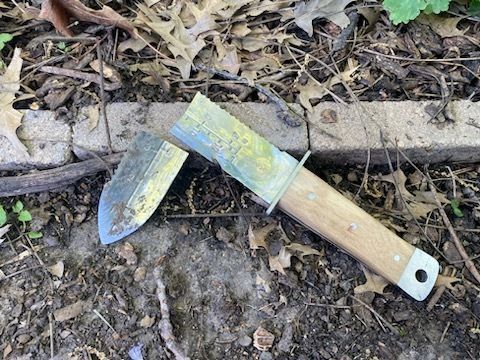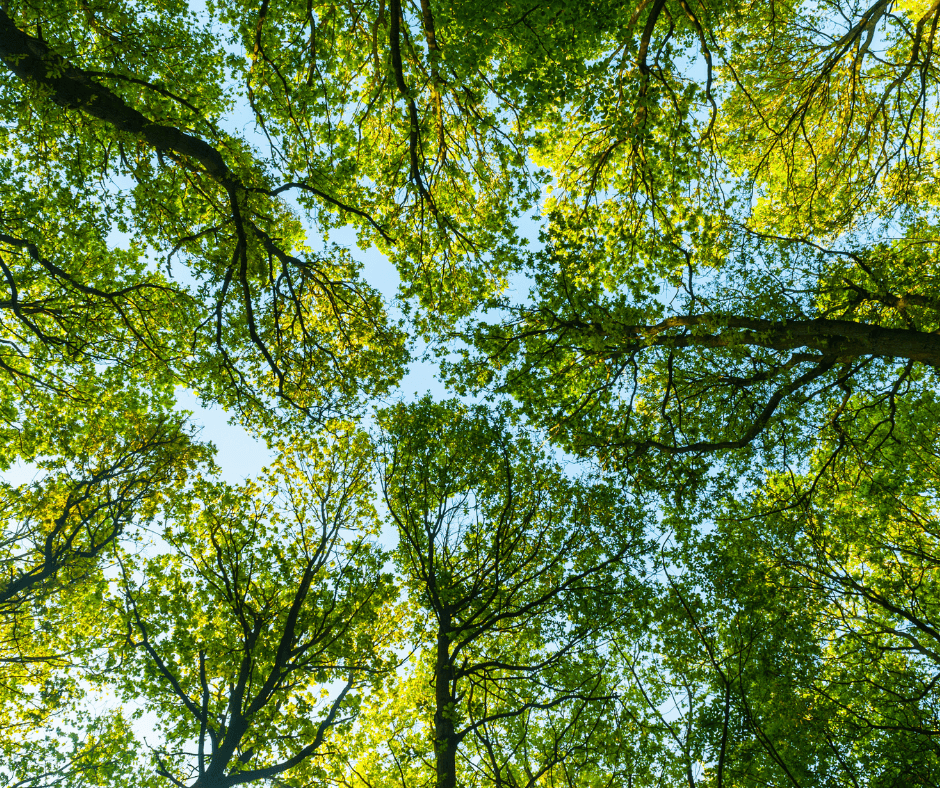
Every gardener has that one plant they cannot stand -- the plant that is the bane of their existence. Maybe they intentionally planted it at one point…but they surely regret it now. They’ve spent more than one 2 a.m. moment Googling how to kill it for good.
That plant, for me, is hackberry seedlings. I hate hackberries. Let me clarify that, I hate hackberries that have unintentionally taken root in my yard.
Hackberries have a place in the ecosystem, as do all plants in their native ranges. Because they spread quickly (mostly through bird droppings, since birds absolutely love them), hackberries help to repopulate the forest edges that are often disturbed. They also support a wide variety of wildlife. From food to habitat, hackberries can do a lot for many different species. And boy are they tough trees…which brings me to why I hate them.
Half my time in the garden is spent removing hackberries (and red oaks, but those are much easier to pull). What I’ve learned from this years-long war against hackberry seedlings (I’ve lost many a battle, but I’m still in the war), is that if you can’t pull out the tree, roots and all, the next best thing is to cut it off below ground and sever as many roots as possible. In the process of doing that recently, I broke my very sharp, very nice garden knife IN HALF (see the photo above). The knife was a gift. I cried a little.
However, I do want to point out that just because they cause problems for me doesn’t mean hackberries are “invasive” or that they should be banned or removed. When allowed to grow in the right places, as I mentioned above, they can provide many benefits to people and wildlife alike.
Let’s take a similar situation (though on a much larger scale): the eastern red cedar. Many throughout the state are quick to advocate that eastern red cedars never be planted again. However, there are proven ecological and economic benefits to planting them in areas where they can be controlled. Just because we don’t like something, doesn’t mean it’s time to get rid of it for everyone. We need to see these issues from multiple points of view.
NSA Green Infrastructure Coordinator Justin Evertson (who claims his favorite tree is the hackberry!) and Christina Hoyt, Community Landscape and Forest Health Bureau Chief for the Nebraska Forest Service, both point out the multiple benefits offered by the hackberry tree. First, as I mentioned, hackberries are tough – able to survive and even thrive amid increasing drought, storms, herbicide drift and human disturbances, all of which will only worsen with our changing climate. As Christina noted recently, the trees we are planting now need to be dependable in 20 years. As our climate continues to change, perhaps we should be planting trees that we know can survive almost anything.
While tree diversity is important, tree survivability and longevity are equally important, especially when one of our goals is to improve climate resiliency in underserved communities. The Nebraska Statewide Arboretum and the Nebraska Forest Service have conducted tree trials throughout the state over the past 45+ years so we would know what to plant when the time came. We’re pleased to lead the way in climate resiliency focused tree planting in Nebraska.
With all of that said, I guess I don’t hate hackberries. They very well may become a pioneer species, not only for forest edge expansion and regrowth, but for a more climate resilient Nebraska. Still, I still don’t want them in my yard, so feel free to stop by and dig as many up as you'd like. Hackberries for all!


